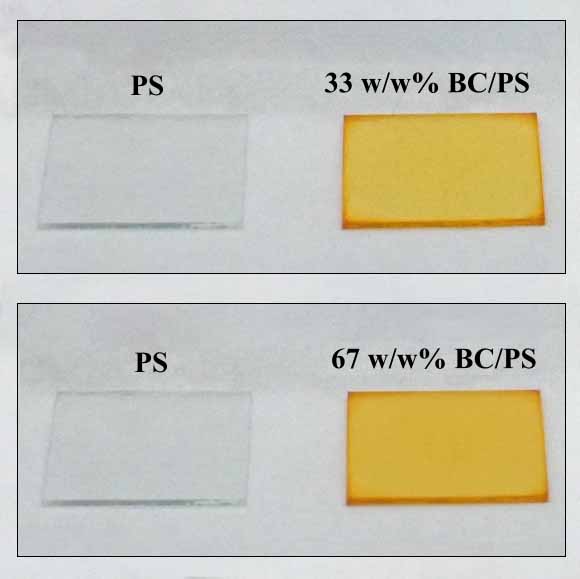Enhancing Polymer Refractive Index with Plant-based Pigments
In the latest work published on Small, researchers from the Soft and Living Materials group, inspired by living organisms, demonstrate a simple method to dramatically increase the refractive index of commercial polymers.

Polymers are widely employed in nanostructured materials because they can self-assemble into a wide variety of well-controlled structures. Even though many of these structures could be very attractive for optical applications, their performance is limited by the relatively low refractive index of common polymers, which is typically between 1.4 and 1.6. However, living systems can achieve very high refractive indices using organic pigments. For example, the wing scales of Pierid butterflies carry micron-sized ellipsoidal particles made from pigments that have a refractive indices as high as 2.9 at the edge of the absorption band, yielding to very efficient reflection.
In the paper, Yasir and Sai demonstrate that loading commercially-available polymers with large concentrations of a plant-based pigment can effectively enhance their refractive index (reaching a peak value of 2.2), and thus their reflectivities.
Mohammad Yasir, Tianqi Sai, Alba Sicher, Frank Scheffold, Ullrich Steiner, Bodo D. Wilts, and Eric R. Dufresne. Enhancing the Refractive Index of Polymers with a Plant-Based Pigment. Small 2021, 2103061. DOI:external page 10.1002/smll.202103061